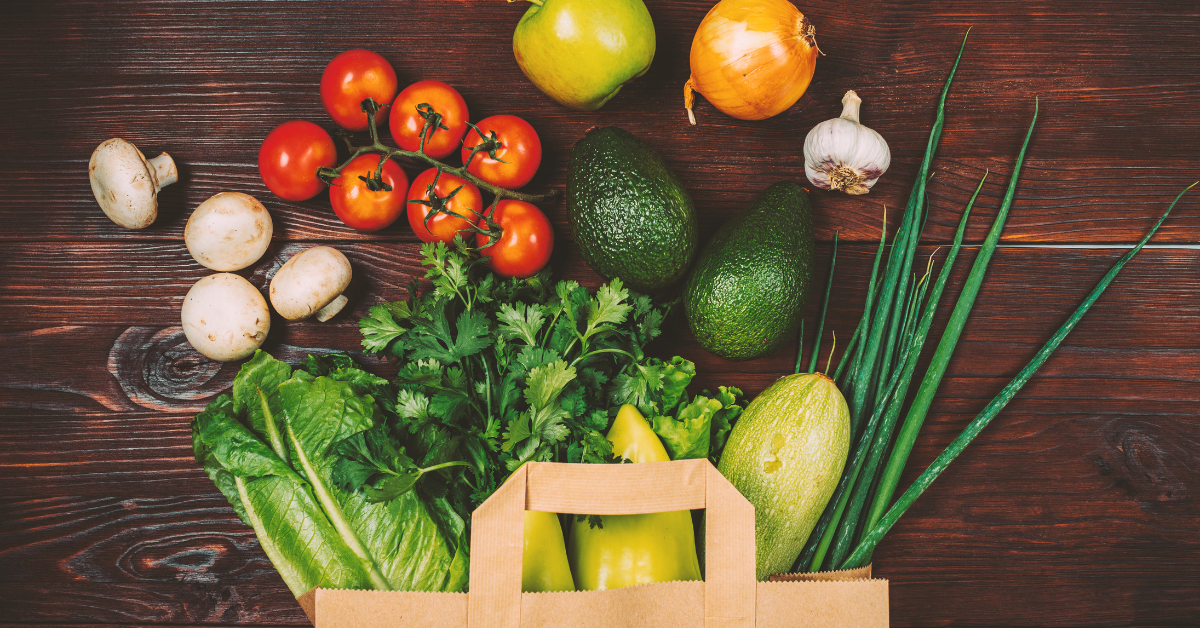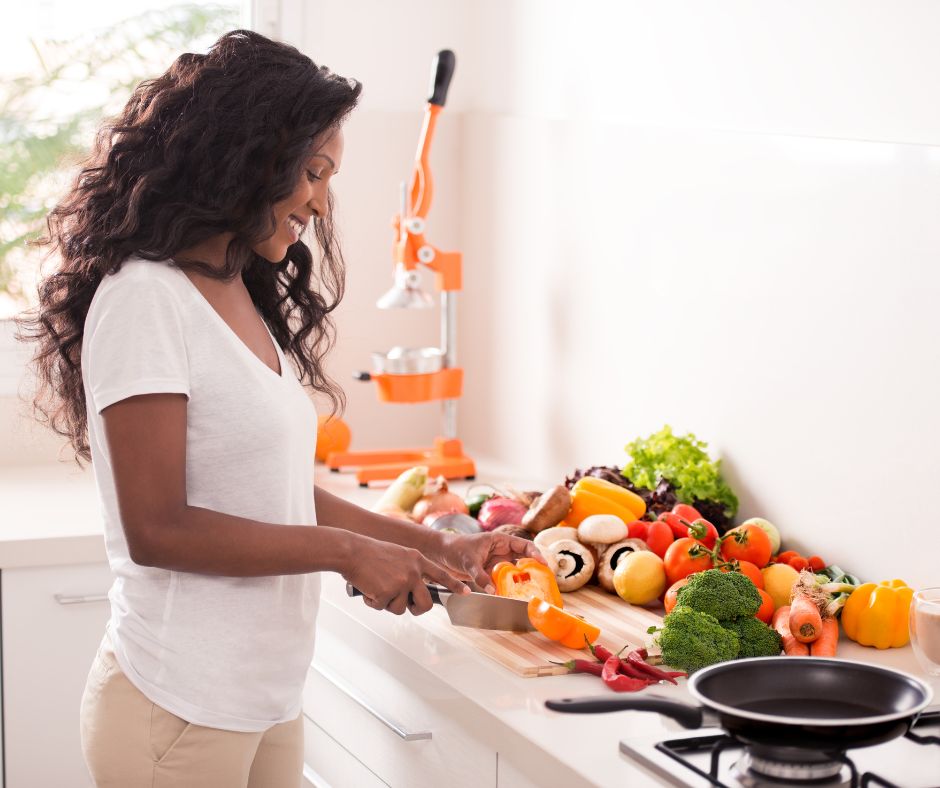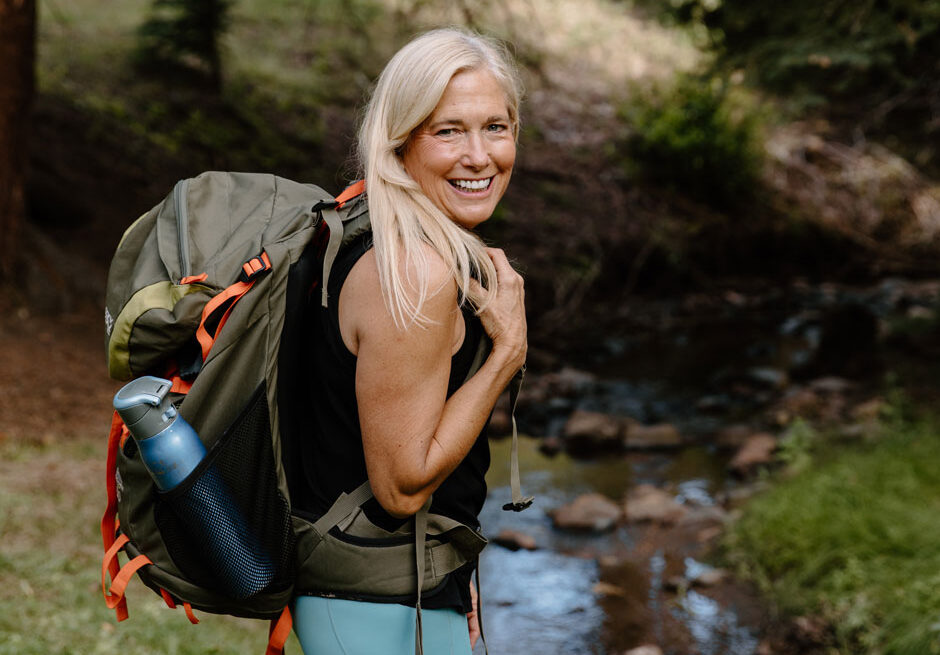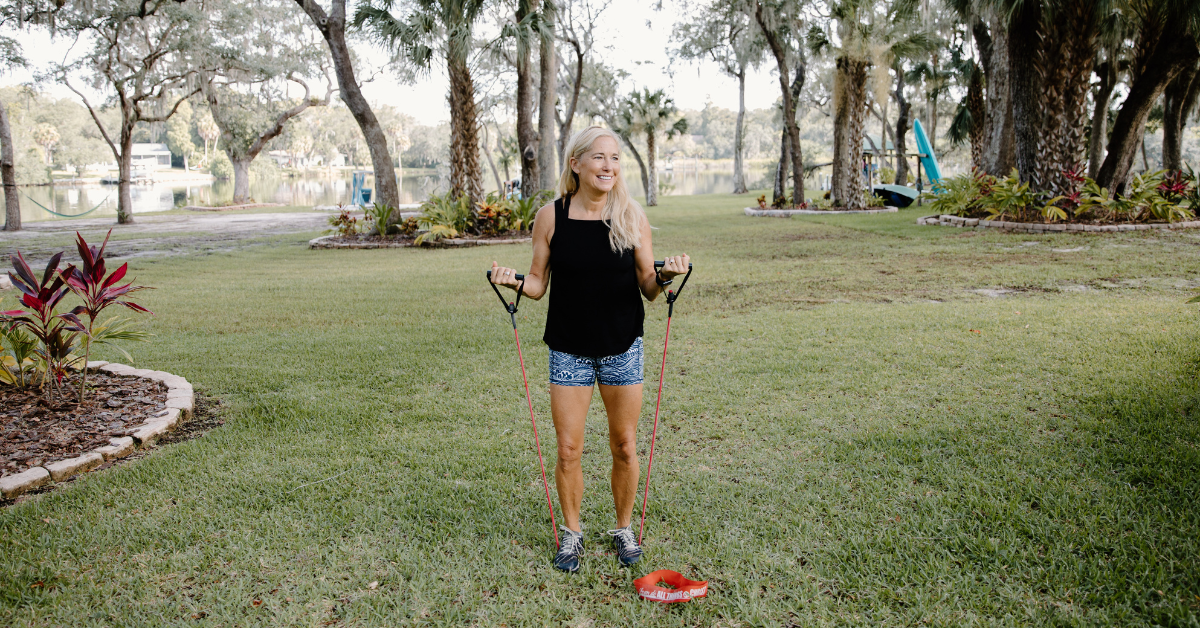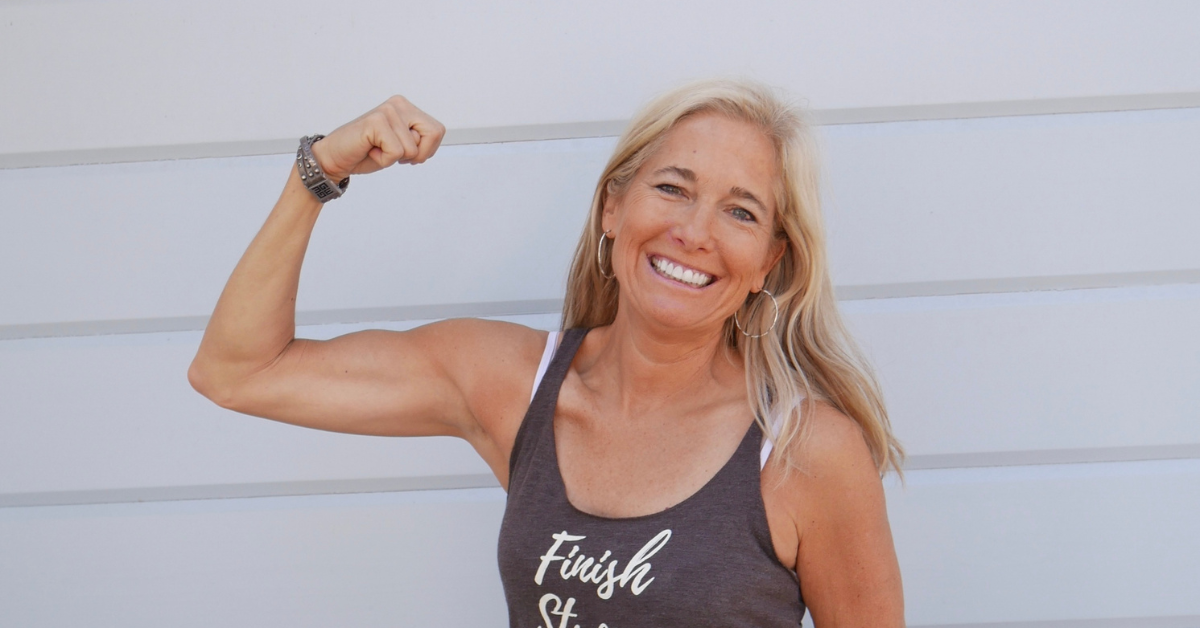Have you ever found yourself standing in the produce aisle, wondering if organic is really worth it? Maybe you’ve been tempted to grab those conventionally grown strawberries because they’re a few dollars cheaper, but you hesitate, unsure if it’s a smart trade-off. The truth is, while some fruits and vegetables are fine to buy conventionally, others are more prone to pesticide contamination — and those are the ones you want to prioritize buying organic.
When it comes to eating healthy, choosing organic foods is a smart move, especially when it comes to certain fruits and vegetables. While going fully organic isn’t always realistic (like those pricey pints of organic berries), knowing which foods carry the highest pesticide residues can help you prioritize. That’s where the Dirty Dozen and Clean 15 lists come in.
Organic produce is grown without synthetic pesticides, herbicides, or genetically modified organisms (GMOs). While these chemicals aren’t always harmful in small doses, repeated exposure over time may affect your health.
The Dirty Dozen list highlights the fruits and vegetables that tend to carry the highest pesticide residues, even after washing. By choosing organic versions of these items when possible, you can reduce your exposure to chemicals linked to hormone disruption, neurological issues, and other concerns.
The Clean 15 list, on the other hand, includes produce with the lowest pesticide residues. These options are safer to buy conventionally if organic isn’t available or affordable. I’ve also included a printable PDF of the two lists at the bottom of the post.
The Dirty Dozen: Prioritize Organic Here
When possible, aim to buy these foods organic:
- Strawberries
- Spinach
- Kale, Collard & Mustard Greens
- Peaches
- Pears
- Nectarines
- Apples
- Grapes
- Bell & Hot Peppers
- Cherries
- Blueberries
- Green Beans
These items often have thin skins or leafy tops that make it harder to wash away pesticides. Buying organic versions helps reduce your exposure.
The Clean 15: Safer to Buy Conventional
These items generally have thicker skins or natural protective barriers that limit pesticide residue:
- Avocados
- Sweet Corn
- Pineapple
- Onions
- Papaya
- Sweet Peas (frozen)
- Asparagus
- Honeydew Melon
- Kiwi
- Cabbage
- Mushrooms
- Mangoes
- Watermelon
- Sweet Potatoes
- Carrots
While washing all produce is still important, these foods naturally carry lower pesticide levels, making conventional options a safer choice if organic isn’t accessible.
Practical Tips for Shopping Smart
- If your budget is limited, focus on organic versions of Dirty Dozen foods first.
- Wash all produce thoroughly by soaking or scrubbing under running water, even for items on the Clean 15 list.
- Consider frozen organic produce as a cost-effective option for items on the Dirty Dozen list.
- Buy seasonal produce when possible—it’s often fresher, tastier, and less expensive.
While choosing organic where you can is ideal, don’t let it stress you out. Eating plenty of fruits and vegetables—organic or not—is still the most important step toward a healthier lifestyle. By focusing on the Dirty Dozen and Clean 15, you can make informed choices that protect your health without breaking the bank
Printable PDF of Dirty Dozen v Clean 15

